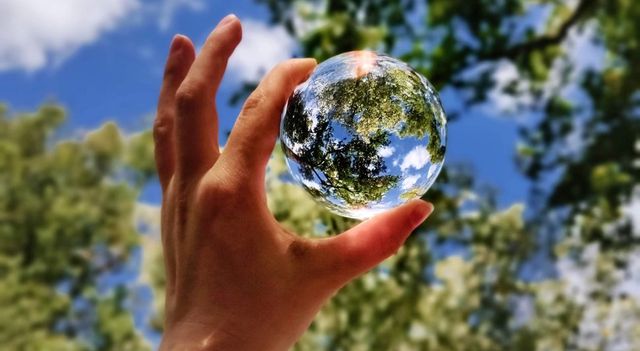
In today’s environmentally-conscious world, recycling is more important than ever. Among the many recyclable materials, PET, or polyethylene terephthalate, stands out as a key player in the fight against pollution and resource depletion. This blog post will explore how PET Recycling not only saves resources but also benefits our planet.
The Rise of PET Recycling
PET is a lightweight, durable plastic commonly used for packaging food, beverages, and other consumer goods. In 2021 alone, global PET production reached an astounding 82 million tons, highlighting the significance of recycling this material to curb waste. PET recycling has gained traction over the years, with increased awareness of its environmental benefits and its crucial role in reducing landfill waste.
Conservation of Natural Resources
One of the primary benefits of PET recycling is the conservation of raw materials. By recycling used PET bottles and containers, we can significantly reduce the demand for virgin resources like petroleum and natural gas. In fact, every ton of recycled PET saves approximately 5.7 barrels of oil, making it an efficient way to preserve our planet’s finite resources for future generations.
Energy Savings Amplified
In addition to conserving raw materials, PET recycling also leads to substantial energy savings. Manufacturing products from recycled PET requires 50% less energy compared to using new materials. This reduction in energy consumption translates into fewer greenhouse gas emissions, helping mitigate climate change and its adverse effects on our environment.
Decreasing Landfill Waste
Another advantage of PET recycling is the significant reduction in landfill waste. PET bottles and containers take hundreds of years to decompose, releasing harmful chemicals into the soil and water. By recycling these materials, we can prevent them from ending up in landfills, reducing pollution and safeguarding ecosystems.
Economic Benefits and Job Creation
PET recycling also offers economic benefits by creating jobs and stimulating local economies. In the United States alone, the recycling industry supports over 1.1 million jobs and generates $236 billion in revenue annually. By investing in PET recycling initiatives, communities can foster economic growth while promoting environmental sustainability.
The Role of Consumers and Businesses
Consumers and businesses play a crucial role in the success of PET recycling. By making a conscious effort to recycle PET products and support companies that prioritize sustainable practices, individuals can contribute to a healthier planet. Additionally, businesses can adopt innovative recycling technologies and collaborate with governments to create a robust recycling infrastructure.
Driving Technological Advancements
The growing demand for PET recycling has spurred innovations in recycling technology. Advanced processes like chemical recycling break down PET into its basic components, allowing it to be reused indefinitely without losing quality. These technological advancements not only enhance the efficiency of PET recycling but also open up new possibilities for sustainable waste management.
Inspiring a Circular Economy
PET recycling is a key component of the circular economy, where materials are continuously reused, reducing waste and conserving resources. By supporting PET recycling initiatives, we can help build a sustainable, circular economy that benefits both the environment and the economy.
Conclusion
In conclusion, PET recycling offers numerous benefits for both the environment and society. By conserving natural resources, reducing energy consumption, and decreasing landfill waste, PET recycling plays a vital role in preserving our planet for future generations. With the support of consumers, businesses, and governments, PET recycling can drive meaningful change and inspire a greener, more sustainable future.



